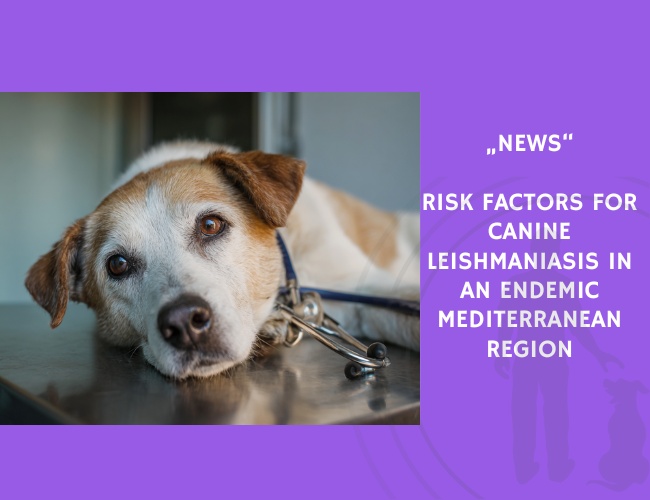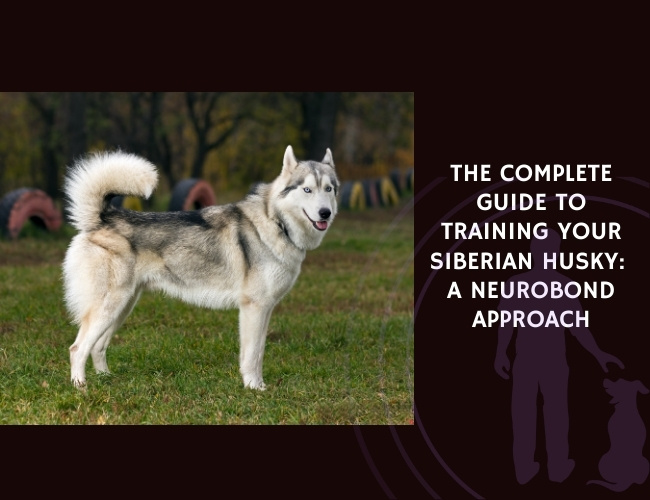Canine leishmaniasis (CanL), caused by Leishmania infantum and transmitted by phlebotomine sand flies, is a significant zoonotic disease in the Mediterranean. The domestic dog serves as its primary reservoir host. A recent large-scale study in the Lazio region, central Italy, analyzed 13,292 serum samples collected between 2010 and 2014 to assess seroprevalence and risk factors.
Researchers found that overall seroprevalence was 6.7% across the sampled population. However, risk varied significantly between groups: 7.3% in kennel dogs and 74.3% in owned dogs. At the multivariable analysis, being over two years old, owned, and used for hunting were all associated with higher infection risk. Conversely, the Maremma sheepdog breed appeared to have a protective advantage.
Environmental exposure also played a role, with forested or semi-natural land cover increasing the likelihood of infection. Coat length, living with other dogs, and certain breeds were linked to different risk profiles. Kennels were highlighted as important in both active and passive disease surveillance, offering valuable opportunities for monitoring and intervention.
The findings confirm the endemic nature of CanL in Lazio and emphasize the need for targeted preventive measures, especially for dogs in high-risk categories. Preventative strategies could include the use of insect repellents, limiting exposure during peak sand fly activity, and ongoing surveillance in both kennel and owned populations.
Authors: P. Rombolà, G. Barlozzari, A. Carvelli, M. Scarpulla, F. Iacoponi, G. Macrì. Journal: PLoS ONE, Volume 16, 2021. DOI: 10.1371/journal.pone.0244231









